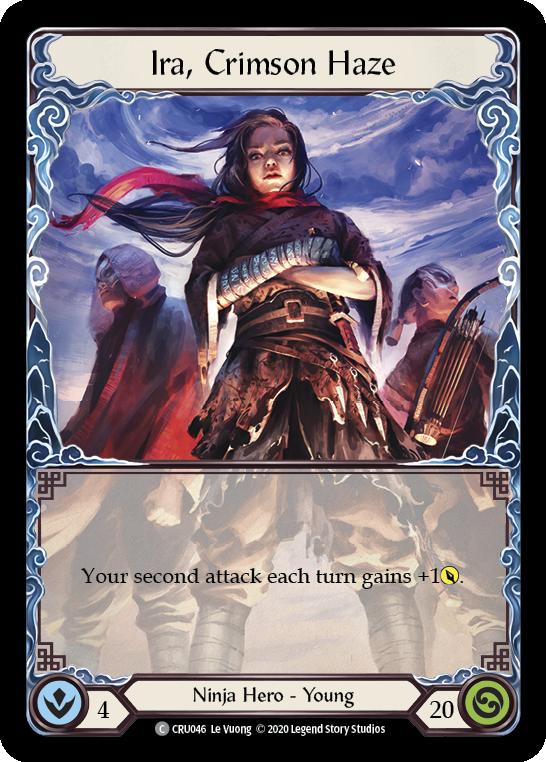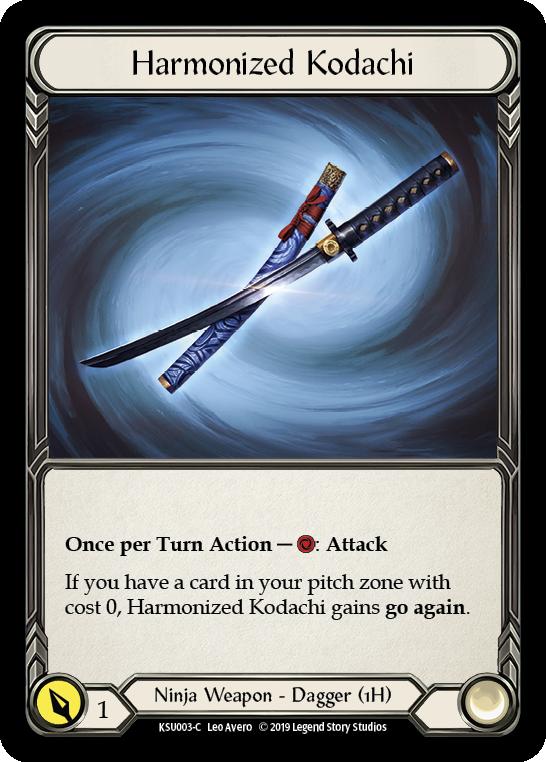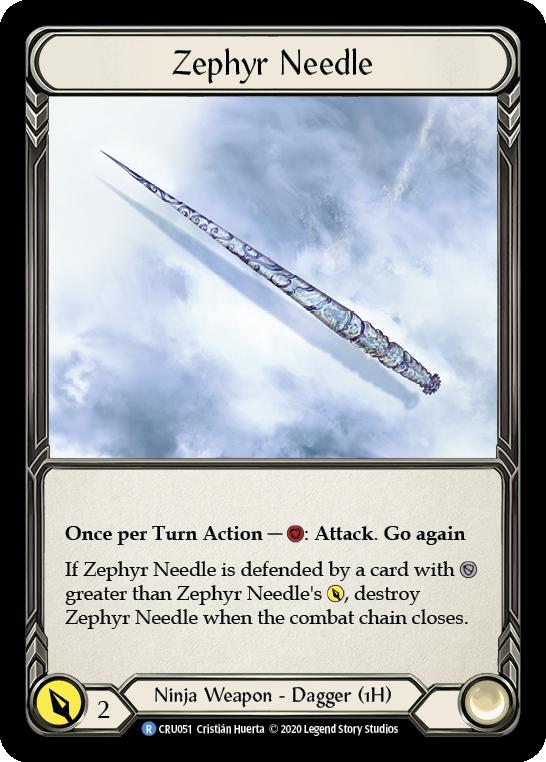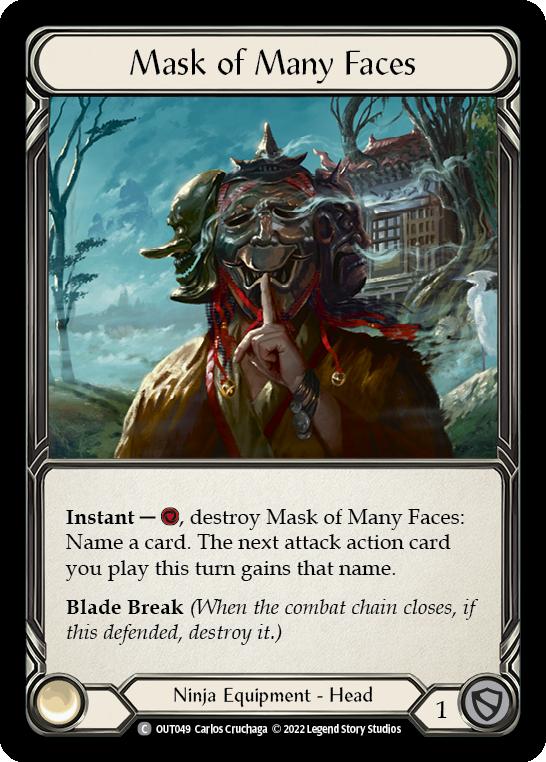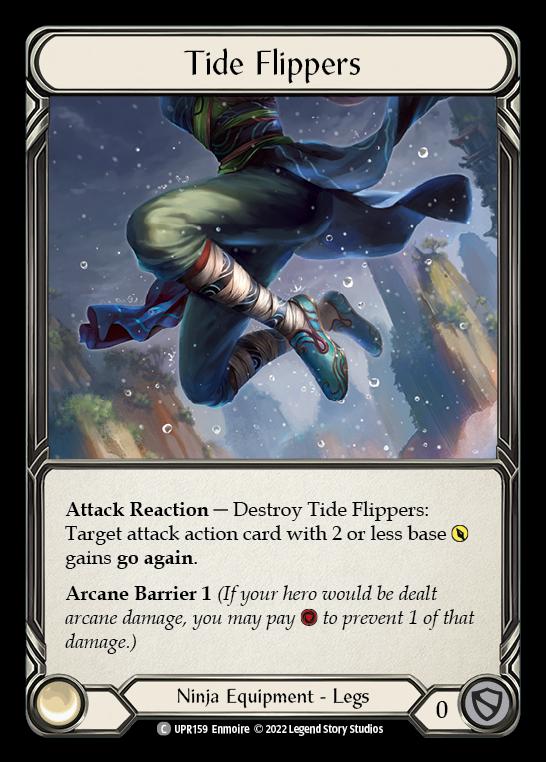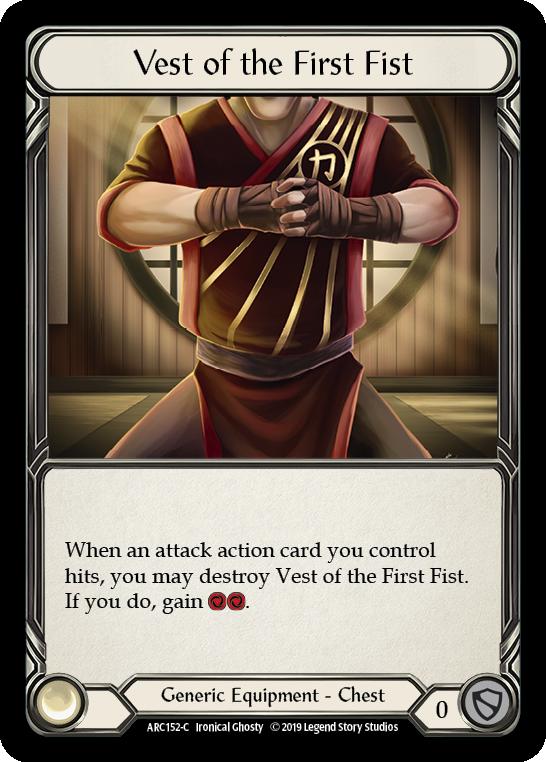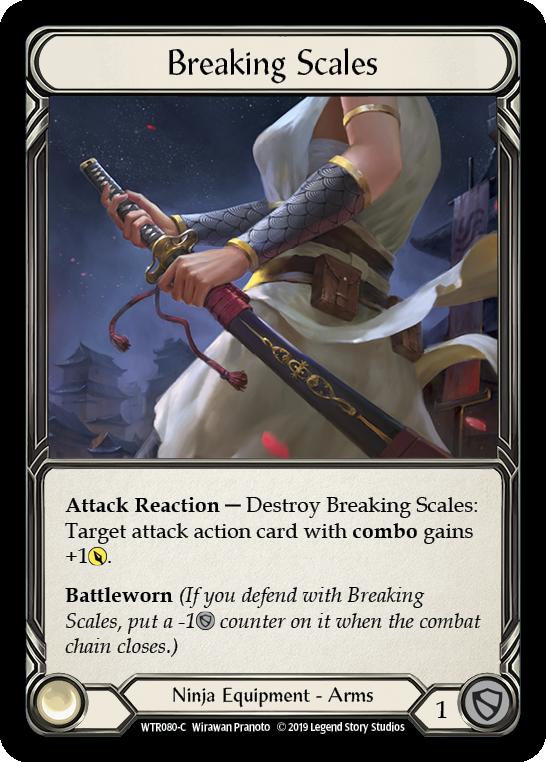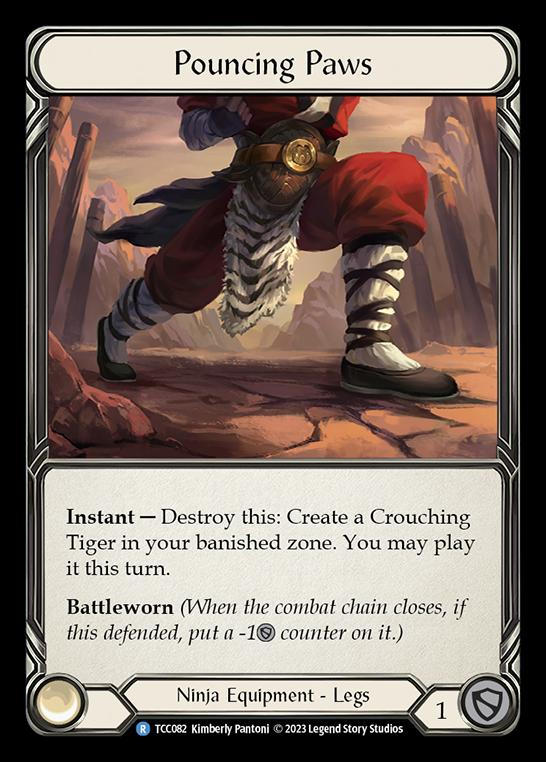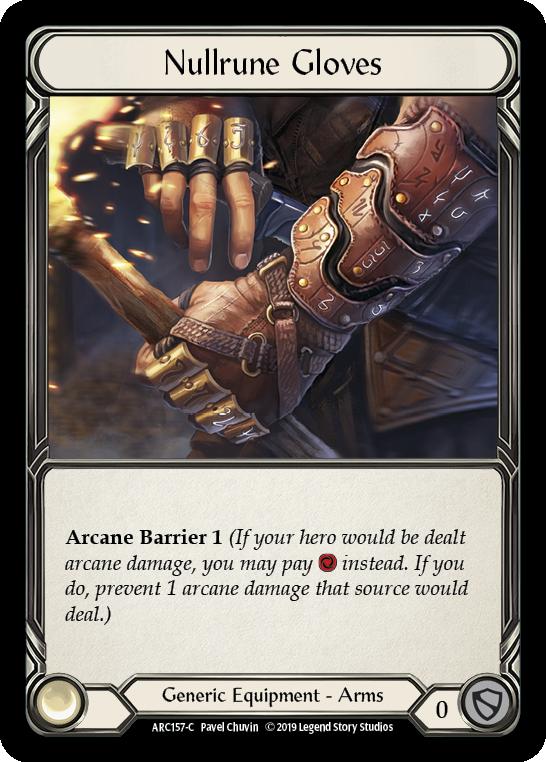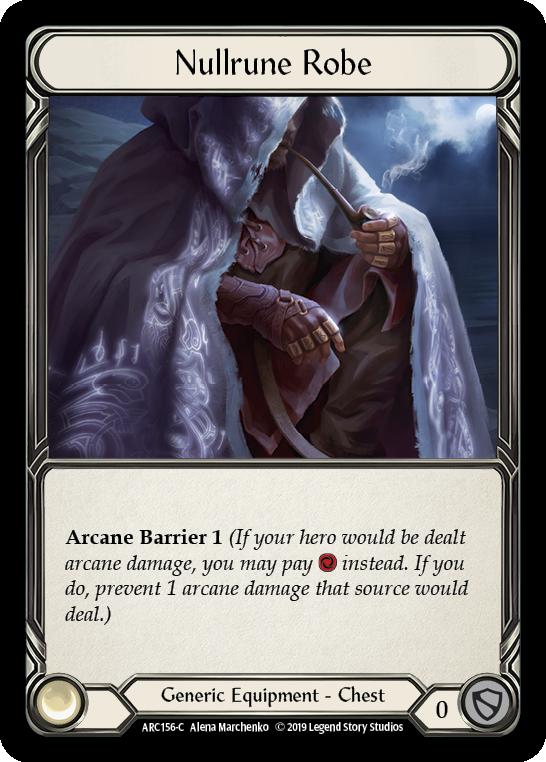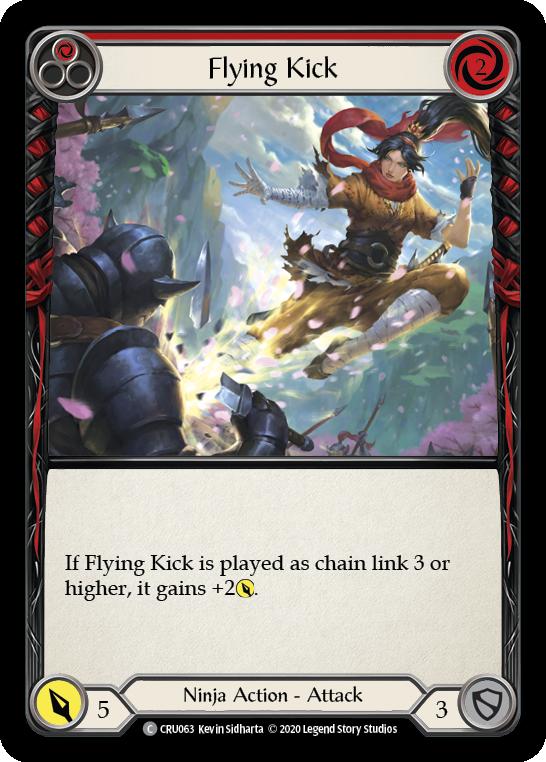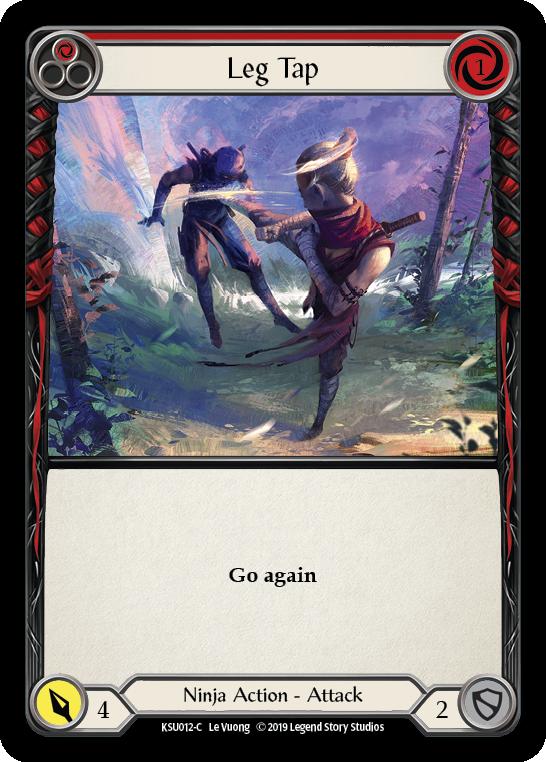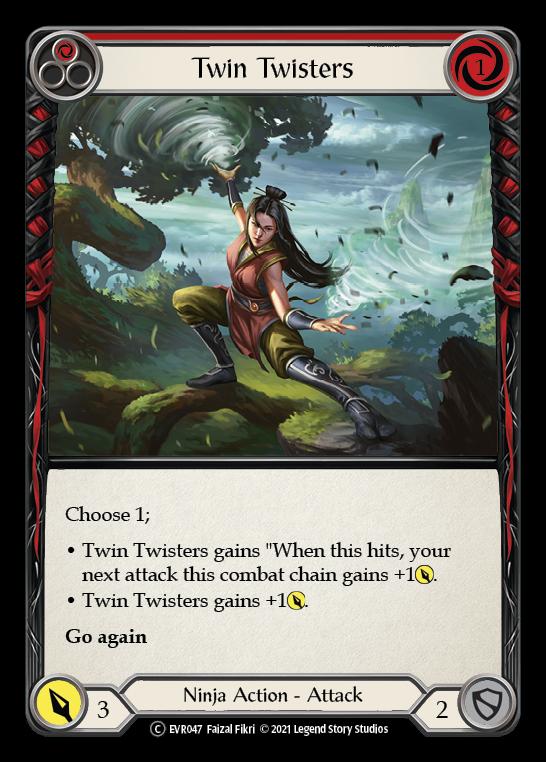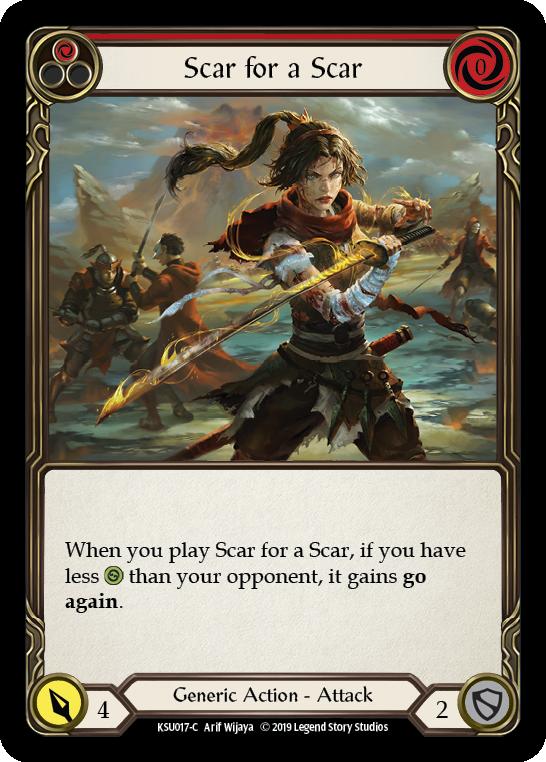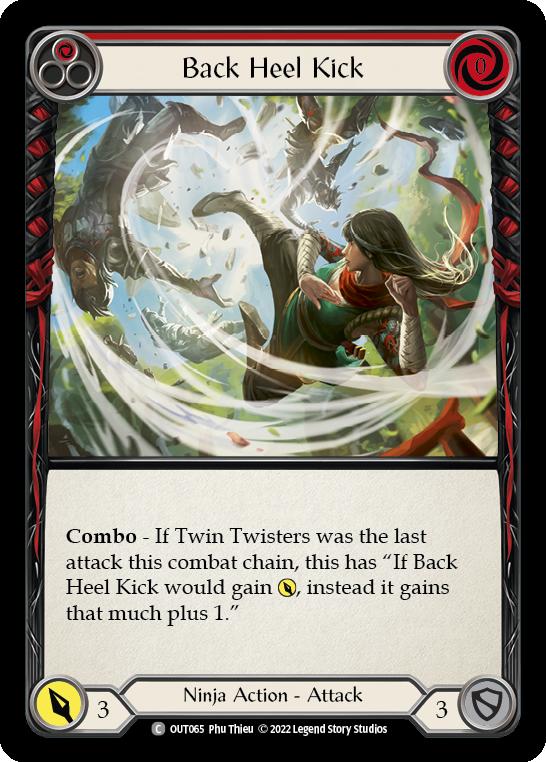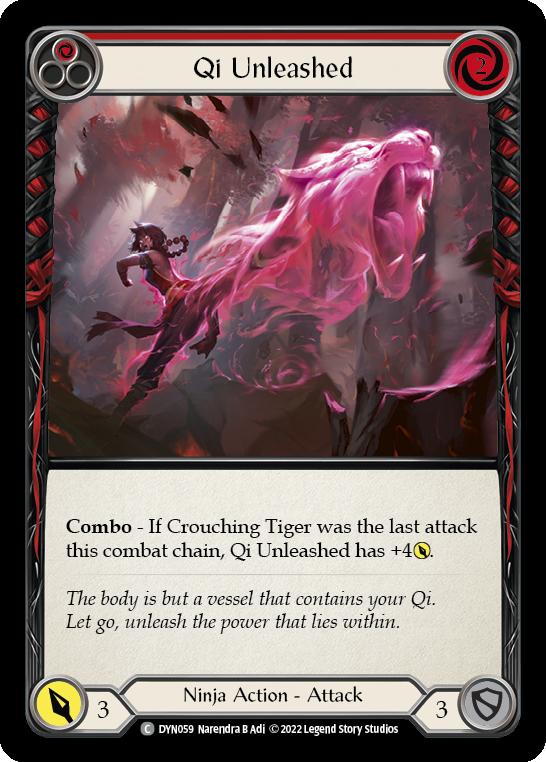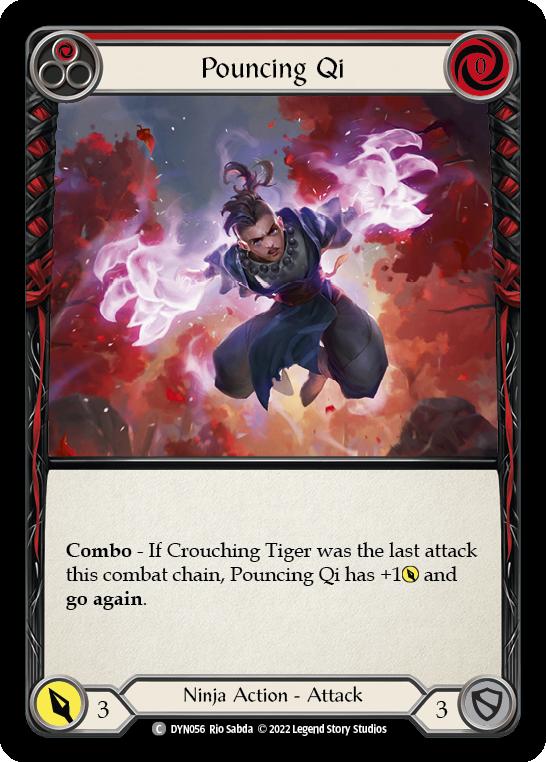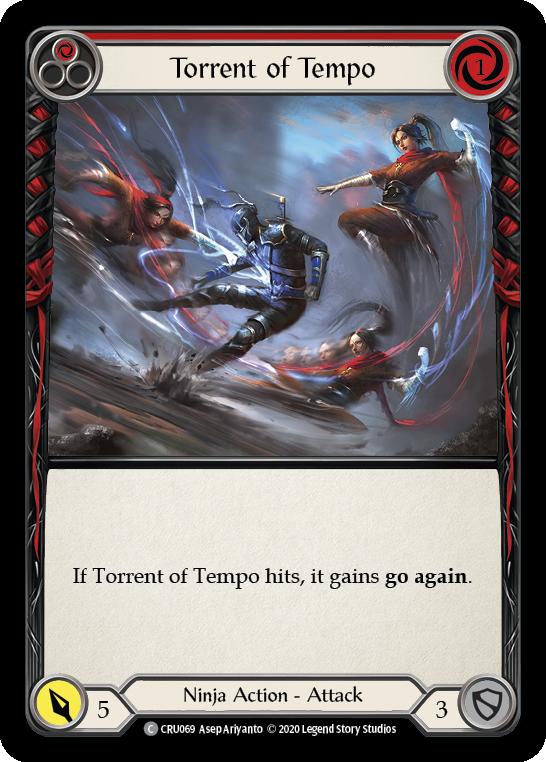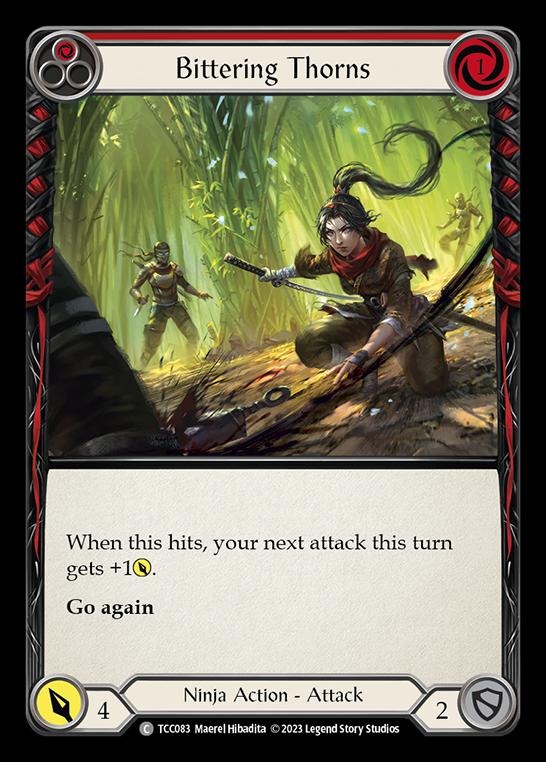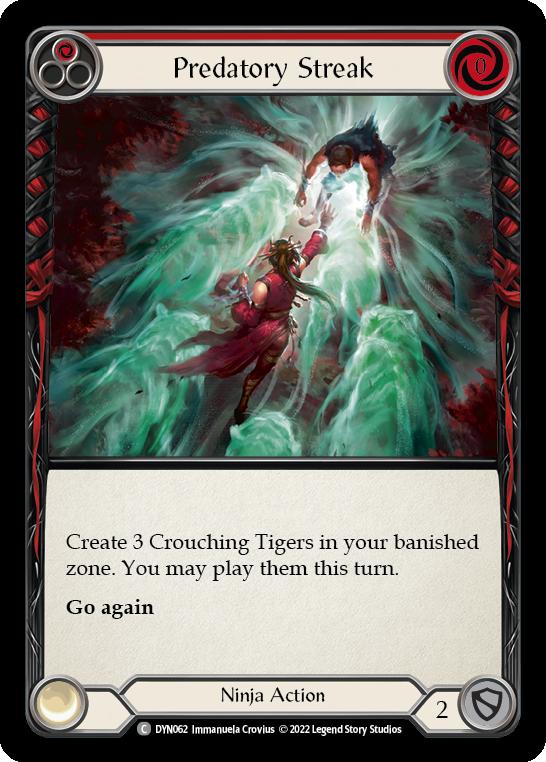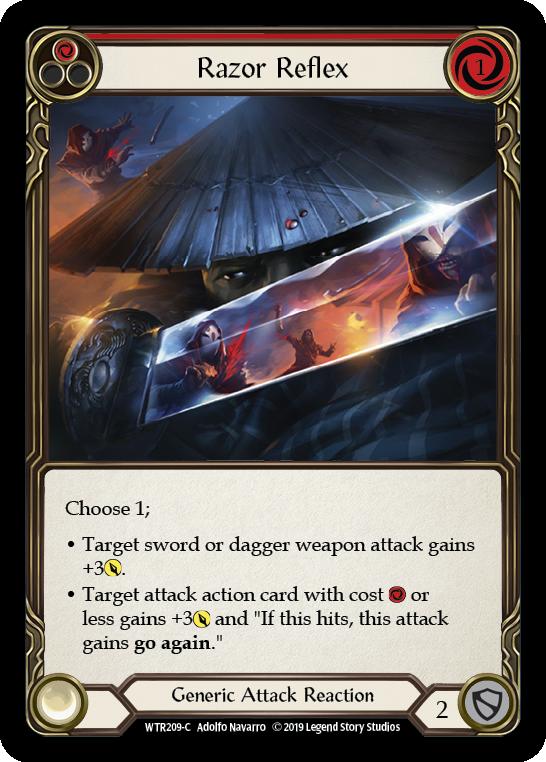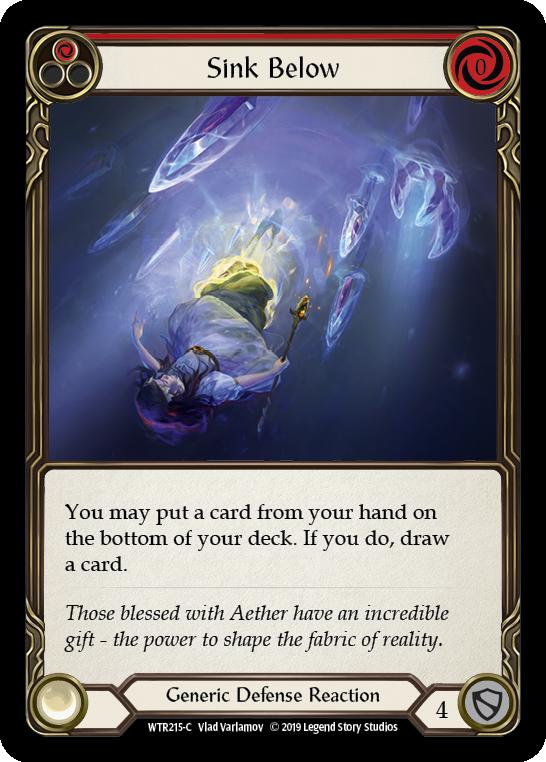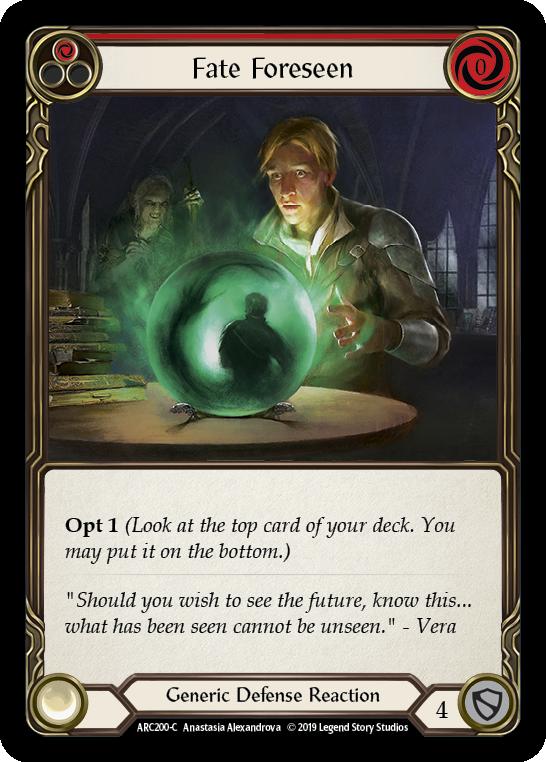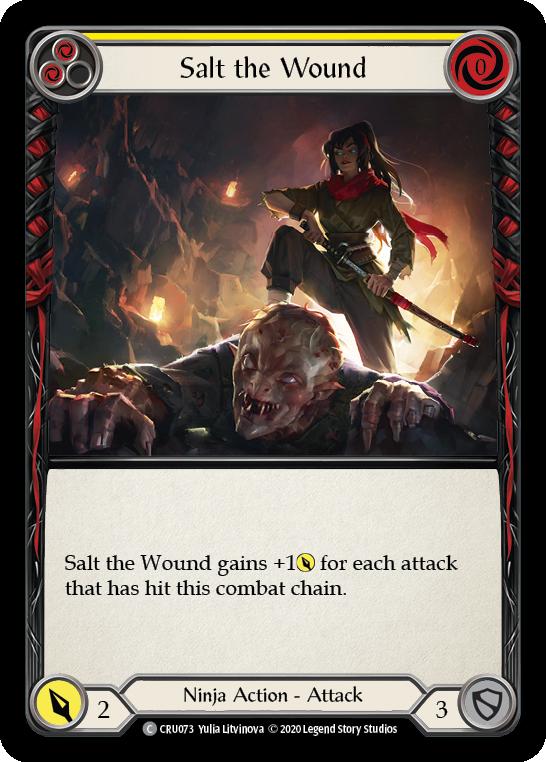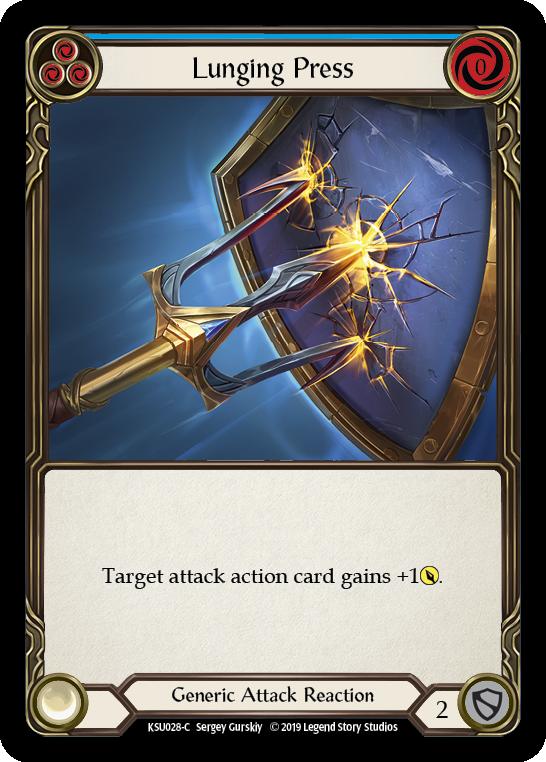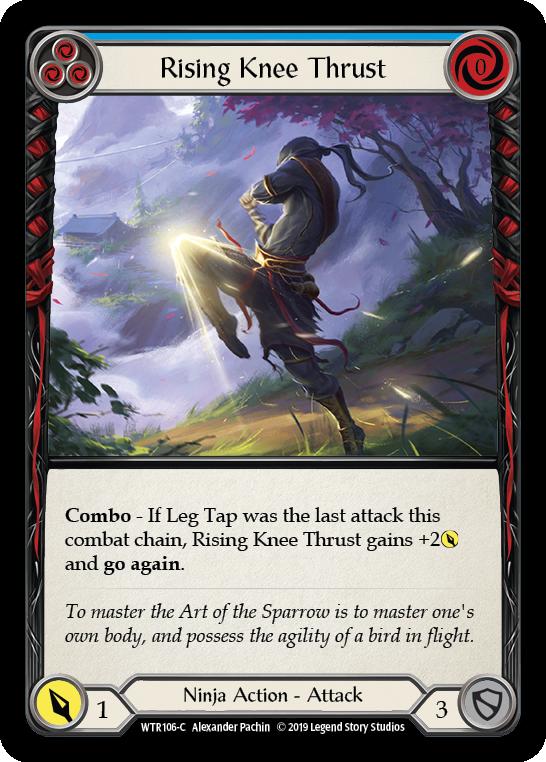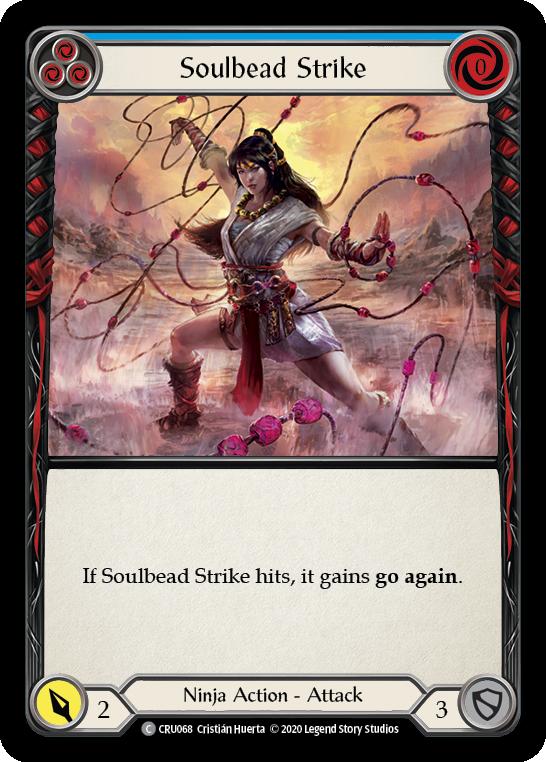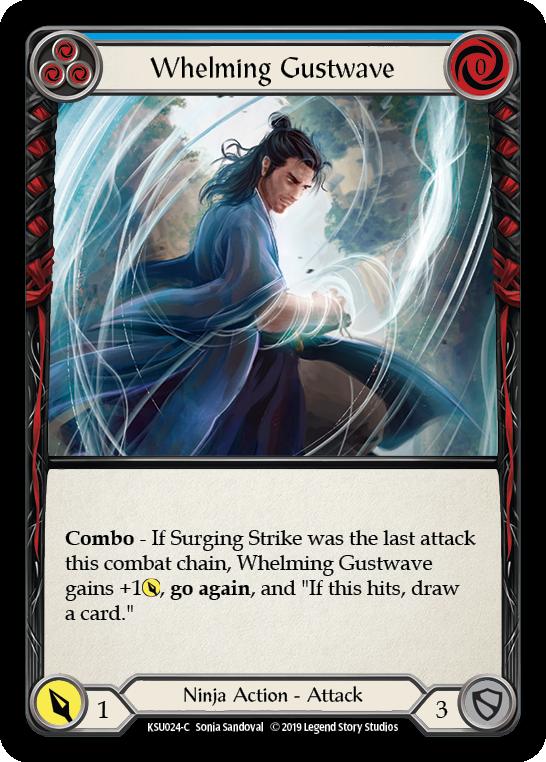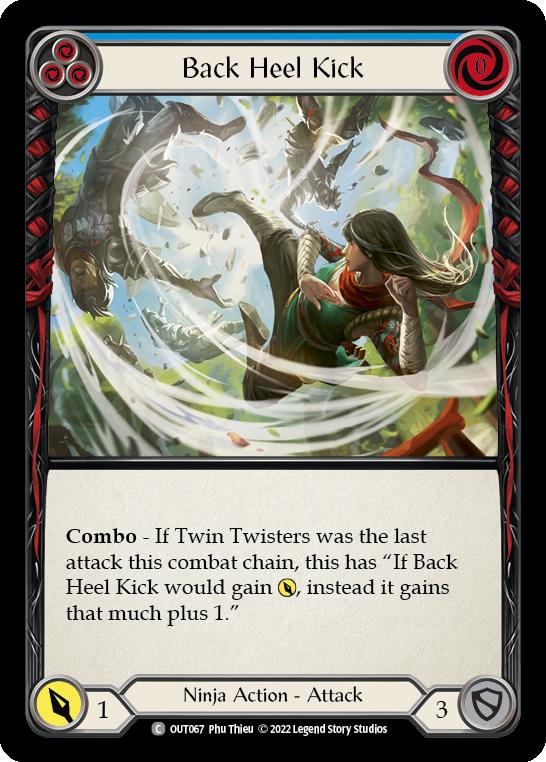Ira in Commoner – Part 2: Tiger Ira
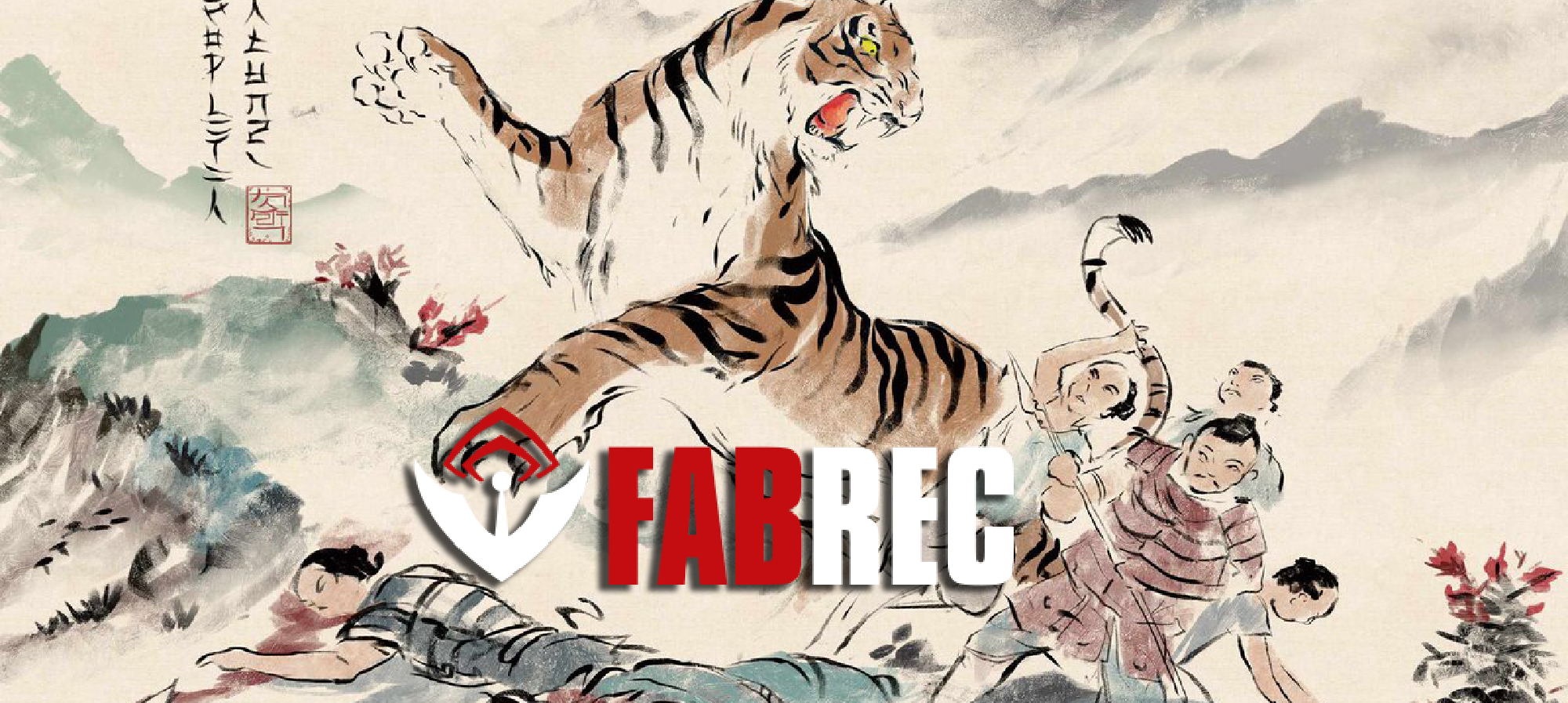
(Crouching Tiger | Art by Carlos Cruchaga)
Hello and Happy New Year to you all! To ring in 2024, I teased a look at a Crouching Tiger-focused list for Ira after the ban of Stubby Hammerers. I think that showcasing a more aggressive and offensive deck after the defensive and midrange playstyles of Oldhim and the previous Ira list is a nice change from my existing writing.
Due to how this decklist originated, I’ll be breaking down each section of the deck by how the Crouching Tiger package influences the deckbuilding decisions and the changes from the existing Ira deck.
" Betrayer by Daniel Yam"
Why Tiger Ira?
The first question that begs answering is Why even build the deck to begin with? On paper, Fai makes better use of the small attacks, as he’s able to build up the chain links for highly damaging rupture finishers. The big picture concept for this deck, and the brain worm that led me down this path, was this: In a post-Hammerers world, what is the draw to playing with the Crouching Tiger cards? LSS clearly sees a future within this design space, as we’ve gotten a steady stream of support for this strange combo line, which also means that you can build combo-centric Ninjas without being forced into playing Katsu. That being said, Ira has a few main draws to being the hero of choice.
Firstly, her ability makes the Crouching Tigers potential damage options. And secondly, the Tiger-related cards slot nicely into Ira’s general game plan of small attack-small attack-large attack, or a wave of above-rate attacks. Having a much longer combat chain of attacks that you can insert a Crouching Tiger into as a way to set up one of the combo payoffs, while still threatening a large Flying Kick at the end of it all, is quite appealing. On top of all that, the Tiger cards allow for a steadier lineup of one- or zero-cost attacks with go again and threatening breakpoints that free up the equipment requirement of Heartened Cross Strap, as well as deck slots on cards such as Pummel and the other two-cost attacks.
Tiger Package
The card that really ties this entire deck together and even makes it possible to exist is the recently printed Pouncing Paws. This equipment means two things for this deck: that there is always instant speed access to a Crouching Tiger if needed, and that there’s no Snapdragon Scalers to help string together long combat chains and smooth out awkward turns. This in turn means that the deck demands more natural go again on its zero- and one-cost attacks in order to compensate for this change. Thankfully the existing pool of cards available can help this a lot.
The rest of the Tiger package consists of maxed out copies of red and blue Pouncing Qi, red Predatory Streak, and two red Qi Unleashed. Pouncing Qi is quite self-explanatory; the rate of a potential zero-for-four strength go again attack that can also block for three is unmatched, and the blue copy helps fuel Harmonized Kodachis. The Predatory Streaks may seem a bit strange to only play reds as the blues also enable the Kodachis, but the two block value is simply too large of a liability for the opportunity cost of a single Crouching Tiger in comparison to Lunging Press in a deck that has a multitude of strong on hits. Qi Unleashed is also a good ender to the combat chain, functioning in a lot of instances as a second copy of Flying Kick.
You may have noticed that I’m opting not to play the other Crouching Tiger-matters equipment, Blood Scent and Tearing Shuko. That’s because there are better pieces of gear that suit Ira. Tearing Shuko specifically is worded in a way that telegraphs an incoming Tiger later in the chain, and Vest of the First Fist is generically better at resource advantage compared to Blood Scent, so the lack of battleworn can be overlooked.
The Enablers
While Ira’s ability can help turn the Crouching Tigers into sources of damage, it’s not enough. Fortunately, the Ninja card pool in Commoner has a lot of attacks that facilitate this role, with Bittering Thorns, Deadly Duo, and Twin Twisters all pumping the next Crouching Tiger on hit. This also increases the value of cards such as Razor Reflexes and my pet card Lunging Press, as the range of on hits in this version of Ira is much more spread out across the chain in comparison to the more midrange-focused list in my last article that aims to reduce off turns in sheer consistency. To that end, I’m also opting for a Mask of Many Faces in order to bridge the Tiger payoffs with the rest of the deck (Crouching Tiger, though generated by another card, is treated as a “card” for the purposes of being able to be named, as per the Dynasty release notes).
To take further advantage of these on hits, attack reactions in the form of the aforementioned Razor Reflexes and Lunging Press continue to be present in the deck, as well as Breaking Scales, a piece of equipment that synergizes well with the abundance of combo cards in the deck in addition to providing some more defense with battleworn.
Other Cards of Note
The omission of Heartened Cross Strap in favor of Vest of the First Fist, due to the extra amount of one-cost attacks with on hit pump effects, means that there are very few two-cost attacks that can be played. Among the casualties are Surging Strike, Stony Woottonhog/Surging Militia, the one red Pummel, and even Brutal Assault if you opted for more block value. Of the initial two-cost cards in the other list, the only one that remains is Flying Kick, simply due to how powerful and flexible it can be in slotting into a vast amount of hands throughout the course of a game.
With the reintegration of Twin Twisters into the deck, a card such as Back Heel Kick becomes extremely attractive. As a zero-cost three-block combo card, it synergizes with Kodachis and Breaking Scales. There’s also a huge potential for upside where if a Twin Twister hit as the first attack of the chain and you selected the “next attack gets +1 strength” mode, Back Heel Kick hits for seven after factoring in Ira’s ability. Even more when taking into account Breaking Scales and the other attack reactions present. It’s easy to imagine many scenarios with turning one of the other on hit attacks into a Twin Twister and sneaking in a sudden burst of damage, especially with the Mask of Many Faces.
Conclusion
I hope that this version of Ira helps you find new ways to approach the hero as it has for me. The beauty about the Crouching Tiger cards are that they are a tight package of non-talented cards that include equipment, meaning that any Ninja can take advantage of this if you wish to build them that way. Additionally, the amount of attack reactions and attack buffing present within the deck makes for a lot of frustrating blocking scenarios for your opponent. This type of shell game playstyle is extremely fun, and one of the strengths of Flesh and Blood.
For the next article I’ll be doing a rundown on what I believe will make a splash in Commoner from Heavy Hitters, a set that’s already shaping up to have a big impact.
